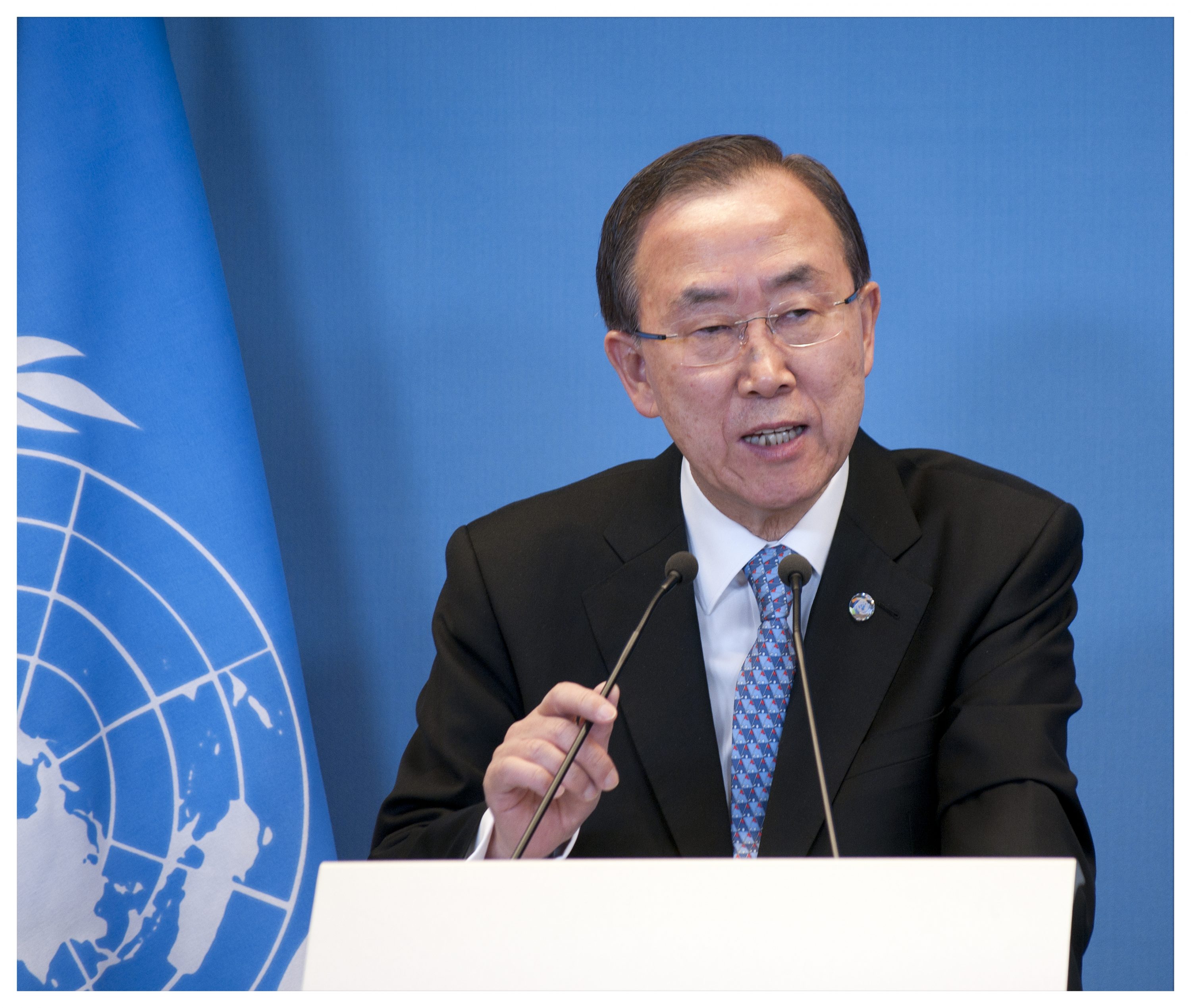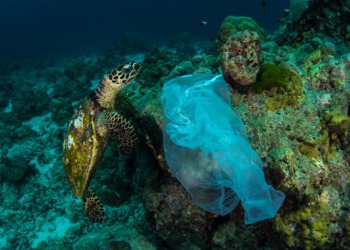EDITOR’S NOTE: THIS PIECE IS CONTRIBUTED BY THE EUROPEAN YOUTH FORUM. IT WAS PREVIOUSLY PUBLISHED BY YO!MAG, THE EUROPEAN YOUTH FORUM’S PLATFORM FOR YOUTH WRITING AND MULTIMEDIA CONTENT.
Where will you be in 15 years time?
Answering this question now underscores the importance of including youth in the process of implementing and ultimately achieving the very important Sustainable Development Goals (SDGs) of the 2030 Agenda. In 15 years time, many of today’s youth, currently leaders in their own right, will be the future leaders discussing a post-Agenda 2030 world and setting new priorities for development in local, national and regional contexts. Although ‘youth’ are only mentioned 5 times within the 169 targets of the 17 SDGs – in SDG4, SDG8 and SDG13 on education, employment and climate change respectively – ‘youth’ issues are not stand alone issues, rather they are ‘cross-cutting’ and ‘multi-sectoral.’ In recognition of this and the fact that youth make up half of the world’s population today, I have drawn up three key recommendations to practically ensure the place of youth in the SDG agenda:
1) Pioneer youth-mainstreaming
This can be engineered in the same way the international community has fostered gender mainstreaming. Looking at the United Nations (UN) Economic and Social Council definition of ‘gender-mainstreaming’ is a good starting point: “Mainstreaming a youth perspective is the process of assessing the implications for youth, young women and young men, of any planned action, including legislation, policies or programmes, in all areas and at all levels. It is a strategy for making young women’s as well as young men’s concerns and experiences an integral dimension of the design, implementation, monitoring and evaluation of policies and programmes in all political, economic and societal spheres so that young women and young men benefit equally and age discrimination is not perpetuated.” (emphasis mine).
Related article: “SUSTAINABLE DEVELOPMENT GOALS: CATALYSTS FOR THE ‘CHANGE’ GENERATION TO TAKE HOLD OF THEIR FUTURE“
2) Align SDGs with regional agendas
This is essential to ensure that we do not work in silos but that we aim for coherent development from the local to international level. Working in a youth organisation that is by its nature international – working on both South-South and triangular cooperation (these are new emerging forms of international development cooperation, whereby the former refers to sharing of experience, knowledge and best practice between developing countries of the global South, and the latter refers to the inclusion of a traditional partner of multilateral organisation from the global North) – I am continuously reminded of the importance of open and inclusive dialogue and exchanges in order to achieve coherent policy in practice. For example, when working with youth networks in Africa, it is crucial to bear in mind the importance of the endogenous African development agenda, ‘Agenda 2063’ – “The AU Vision and Road Map Towards the Africa We Want.” In such partnerships, it is important to find the synergies and complementarities between existing plans for development and the SDGs.
The SDGs are an indivisible tapestry of priorities for collective action.
– – UN Secretary-General Ban Ki-Moon
 Inthe Photo: Ban Ki-Moon, UN Secretary-General Photo Credit: Ministrie Van Buttenlandse Zaken/ Flickr
Inthe Photo: Ban Ki-Moon, UN Secretary-General Photo Credit: Ministrie Van Buttenlandse Zaken/ Flickr
3) Create an enabling environment for youth and youth organizations
This is a prerequisite to ensure participation and inclusion in achieving the SDGs. The UN Secretary- General Ban Ki-Moon has said, “The SDGs are an indivisible tapestry of priorities for collective action.” This must be proactively fostered through participatory models of inclusion. The European Youth Forum is at the vanguard in this respect, inviting a wide range of participants to be guests at its Council of Members (COMEM) and promoting inclusive dialogue both within and outside of structured dialogue processes. The Commonwealth also proactively fosters youth network development – through youth leadership training, strategic support to entrepreneurs and guaranteed participation in high-level political meetings – to ensure that youth are not just the leaders of tomorrow, but also leaders today.
In sum, these three key recommendations are just the starting points. Collective action requires youth inclusion from SDG 1 to SDG 17, and from target number 1 to target number 169. The fact that youth make up half of the world’s population today, coupled with the fact that we are witnessing new forms of under-development, as well as novel development challenges – unpaid internships, low quality jobs for over-skilled youth, lack of decent jobs, amongst others – is a strong reminder, that the time for empowerment and transformative action really is now or never. The next 15 years will attest to the collective will to achieve the future that the SDGs promise. Let’s co-create our future together!
Recommended reading: “YOUTH KEY TO THE SDGS IN KENYA”










